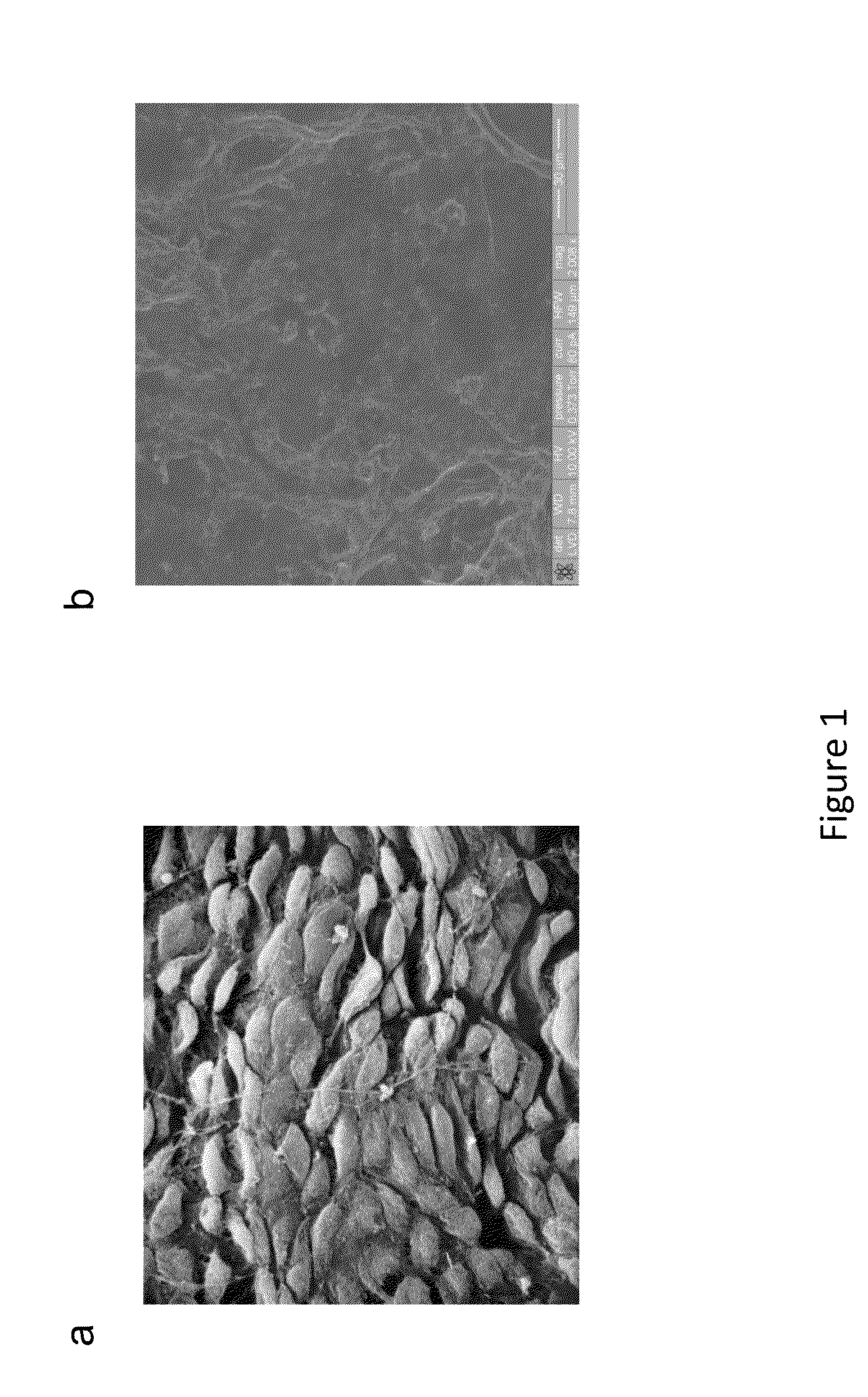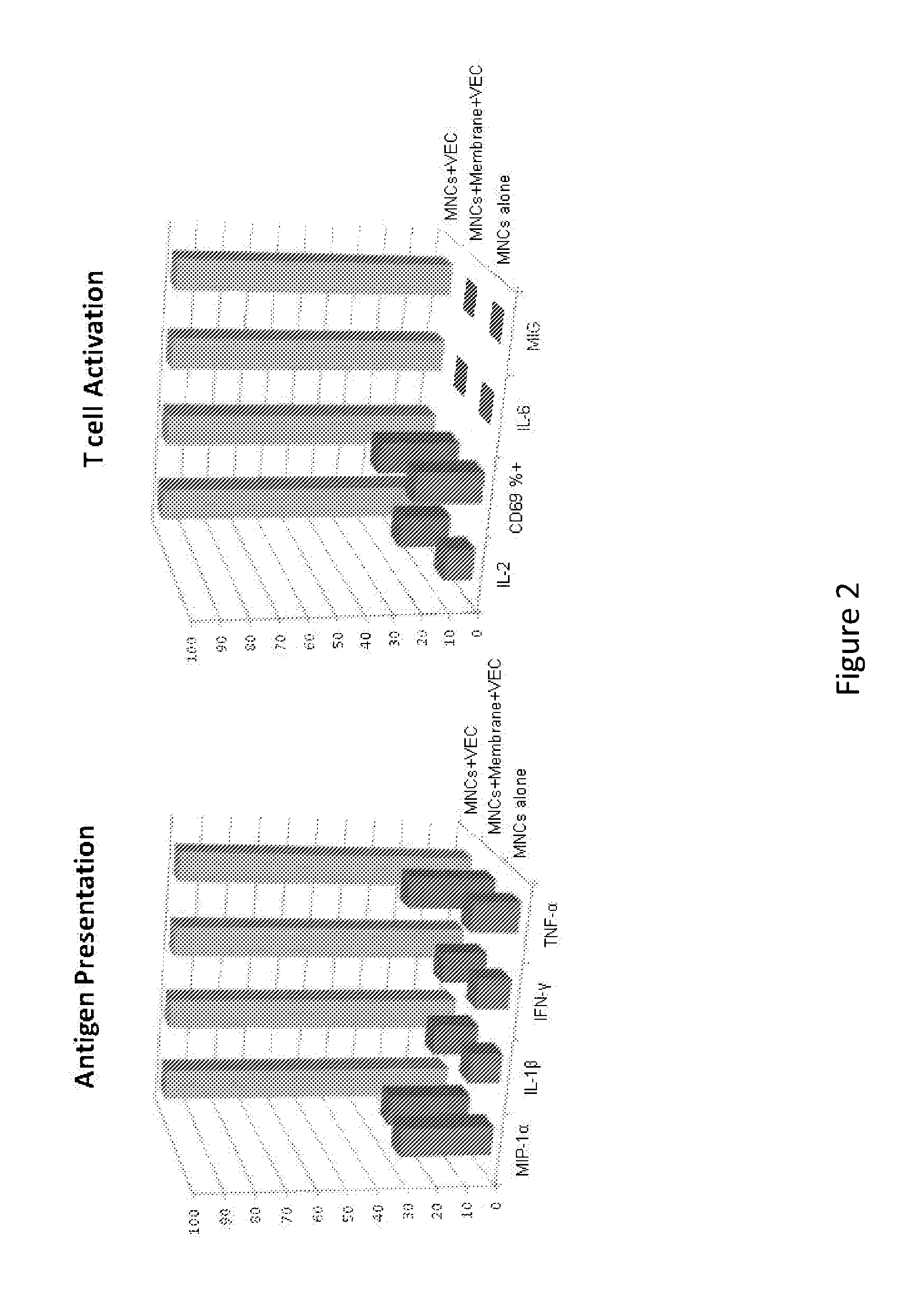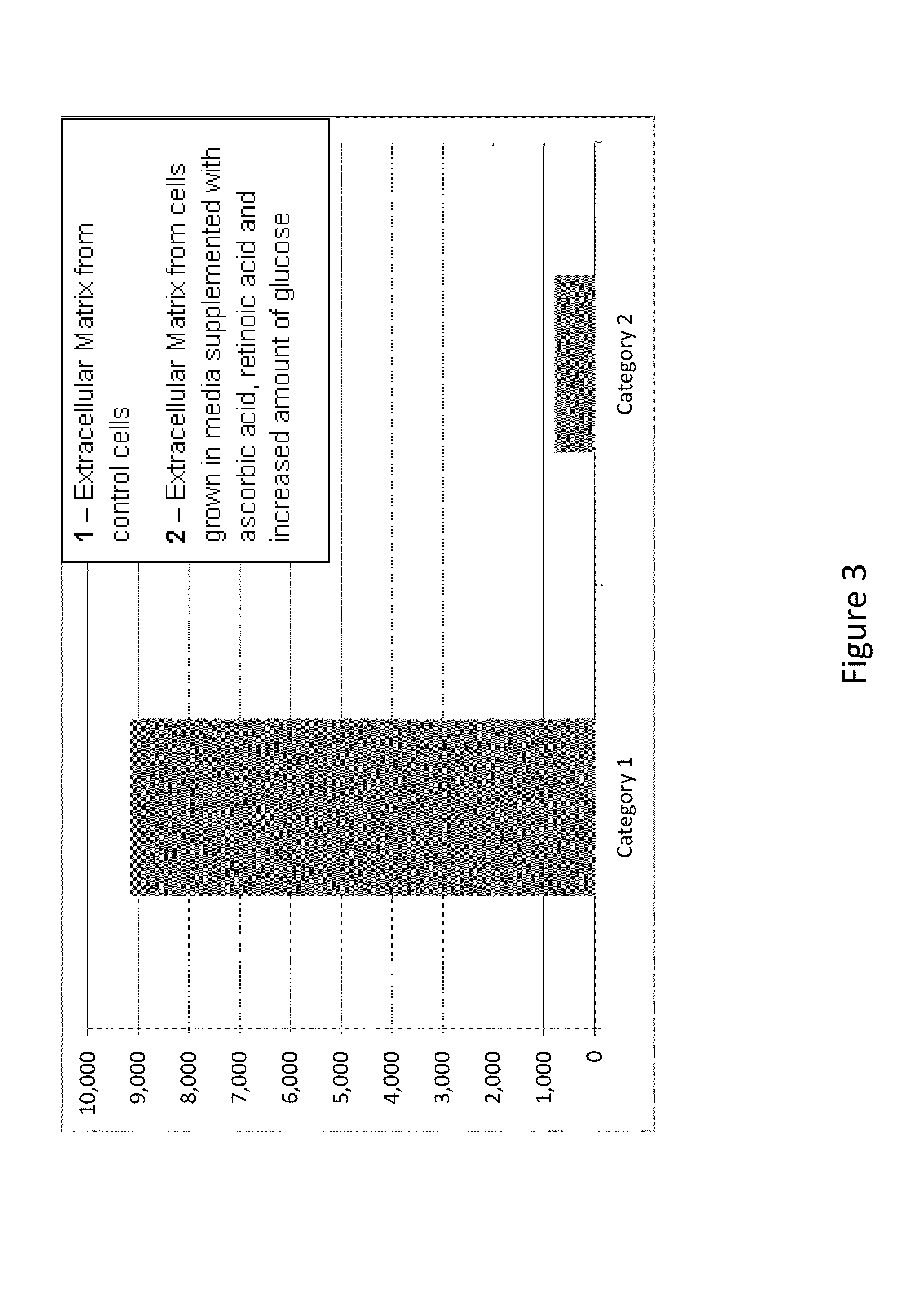Methods and compositions to modify the immunogenicity of a vascularized organ or tissue
a technology of immunogenicity and organs, applied in the field of organ transplantation, can solve the problems of severe thrombosis of the graft, toxic effects on other cells than cells of the immune system, and separation from the underlying substratum, and achieve the effect of removing the extracellular matrix
- Summary
- Abstract
- Description
- Claims
- Application Information
AI Technical Summary
Benefits of technology
Problems solved by technology
Method used
Image
Examples
Embodiment Construction
[0014]All patents, published patent applications, and non-patent references cited herein, including U.S. Pat. Nos. 6,642,045, 6,582,953 and 6,375,613 are hereby incorporated by reference in their entirety into the subject application.
[0015]In the description that follows, certain conventions will be followed as regards the usage of terminology.
[0016]The term “organ, tissue or section of anatomy” refers to an excised viable and whole section of the body to be maintained as such in the EMS of this invention, and refers to an intact organ including, but not limited to, a kidney, heart, liver, lung, small bowel, pancreas, brain, eye, skin, limb or anatomic quadrant. The term “organ product” refers to any substance generated as the result of the secretory function of an organ, frequently a fluid, for example, bile from liver, urine from kidneys, but also includes mechanical functions such as kidney filtration or heart pumping.
[0017]The terms “perfusion solution” and “perfusate” are used ...
PUM
| Property | Measurement | Unit |
|---|---|---|
| Temperature | aaaaa | aaaaa |
| Temperature | aaaaa | aaaaa |
| Length | aaaaa | aaaaa |
Abstract
Description
Claims
Application Information
 Login to View More
Login to View More - R&D
- Intellectual Property
- Life Sciences
- Materials
- Tech Scout
- Unparalleled Data Quality
- Higher Quality Content
- 60% Fewer Hallucinations
Browse by: Latest US Patents, China's latest patents, Technical Efficacy Thesaurus, Application Domain, Technology Topic, Popular Technical Reports.
© 2025 PatSnap. All rights reserved.Legal|Privacy policy|Modern Slavery Act Transparency Statement|Sitemap|About US| Contact US: help@patsnap.com



